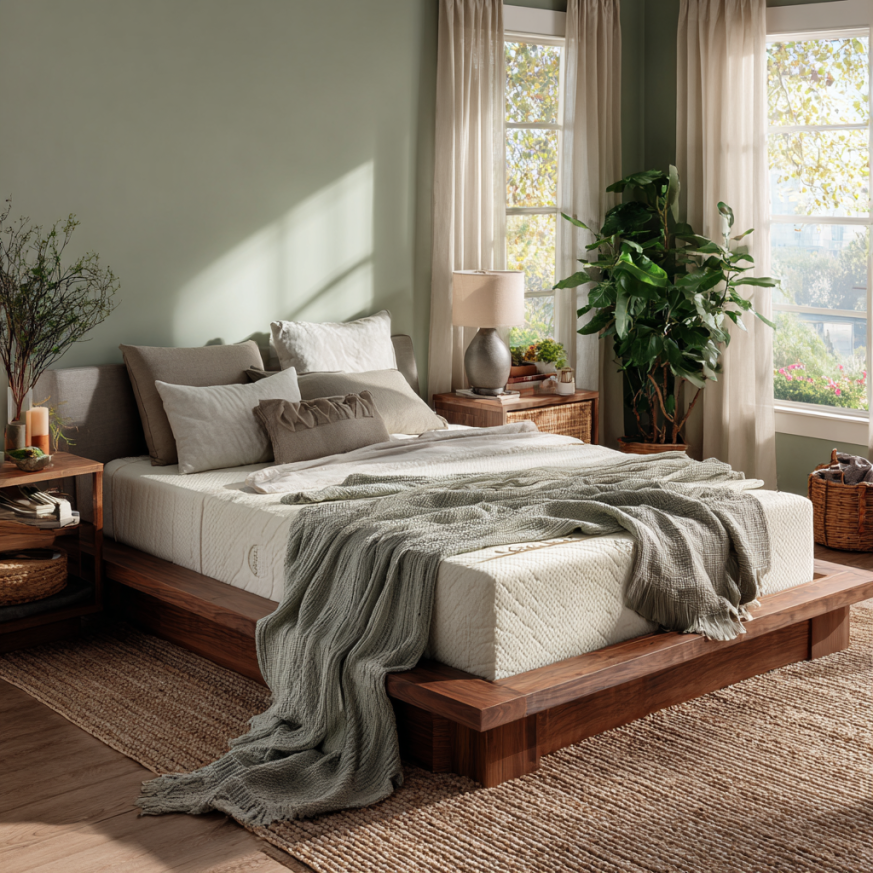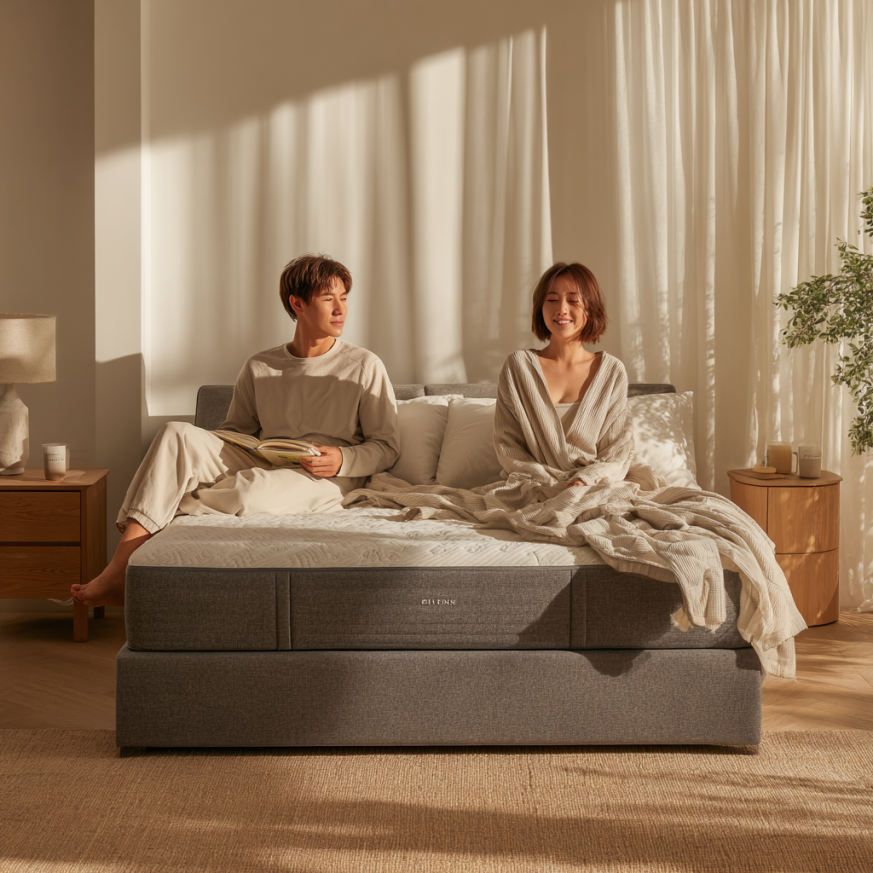How to Choose the Perfect Mattress
Choosing the perfect mattress can transform your sleep quality, support your health, and enhance your well-being. This guide explains how to choose the ideal mattress based on your sleep style, budget, and more.
Key Takeaways on How to Choose the Perfect Mattress
- Understand your sleep position and personal needs before mattress shopping.
- Compare memory foam, latex, hybrid, and innerspring types for pros and cons.
- Firmness levels matter—side sleepers need soft, back sleepers may need firm.
- Choose the right size for your room and sleeping arrangements.
- Invest in good materials and features like edge support or cooling tech.
- Use trial periods and return policies to find the best fit.
Understanding Your Sleep Needs
Before mattress shopping, it’s important to understand your sleep style. Are you a back, side, or stomach sleeper? Each position needs different support to keep your spine aligned and reduce discomfort. Consider your weight, sleeping habits, and any chronic pain. The right mattress can significantly improve your rest.

Types of Mattresses: Pros and Cons
Here’s a breakdown of common mattress types to help you choose the perfect mattress:
Memory Foam
Memory foam mattresses contour closely to your body, offering excellent pressure relief and spinal alignment. They’re especially beneficial for side sleepers or those with joint pain. However, they can retain heat, so look for models with cooling gel or breathable covers. They typically fall into the mid-price range and last 7–10 years.
Innerspring
Innerspring mattresses feature a coil-based support core, offering a bouncy and responsive feel. They’re great for stomach sleepers or people who prefer a firmer, more traditional bed. However, they may lack contouring and motion isolation. These are generally more affordable and have a shorter lifespan of 5–8 years.
Hybrid
Hybrid mattresses combine coils with foam or latex layers, blending support with pressure relief. They suit a wide range of sleepers, especially couples with different sleep preferences. Most hybrids include cooling features and solid edge support. They tend to be in the higher price range but often offer enhanced durability and performance.
Latex
Latex mattresses are naturally breathable, hypoallergenic, and very durable—lasting up to 15 years. They offer buoyant support without the sink-in feel of memory foam. Ideal for eco-conscious buyers, they’re often made from organic or sustainable materials. However, they tend to be pricier and heavier to move.
Airbeds
Airbeds use air chambers to let you adjust firmness levels on each side—ideal for couples with different needs. High-end models offer remote or app-based customization and advanced features. However, they can be expensive, require maintenance, and may be less durable over time due to mechanical components.

Decoding Mattress Firmness Levels
Firmness levels range from soft to extra firm:
- Soft: Best for side sleepers needing cushion for hips and shoulders.
- Medium: Versatile option for combo sleepers.
- Firm: Ideal for back and stomach sleepers who need more support.
Size Matters: Choosing the Right Mattress Dimensions
Select the right mattress size for your space and sleeping needs:
- Twin: Perfect for children or small rooms.
- Full: Good for solo sleepers needing more room.
- Queen: Most popular for couples.
- King/California King: Ideal for families or luxury sleepers.

Material Matters: What’s Inside Your Mattress
Your mattress’s construction impacts both comfort and durability:
- Comfort Layers: Memory foam, latex, or gel add cushioning.
- Support Core: Coils or dense foam provide structure.
- Cover: Made from breathable fabrics like cotton or Tencel.
Budget Considerations: Getting the Best Value for Your Money
Mattress prices range from $300 to over $3,000. Set a budget and watch for sales. Prioritize quality over cheap deals—a good mattress is a smart investment in your well-being.
The Importance of Proper Support and Pressure Relief
A good mattress should:
- Keep your spine aligned.
- Reduce pressure points on sensitive areas.
- Minimize motion transfer—especially important for couples.
Testing Your Mattress: Making the Most of Trial Periods
Most mattresses come with a 30–365 day trial. Use this time to test for comfort and fit:
- Try different sleep positions.
- Check for discomfort or pain.
- Test heat regulation and motion isolation.

Additional Features to Consider
If you’re still wondering how to choose the perfect mattress, look into these extras:
- Cooling Technology: Gel-infused foam or breathable fabrics.
- Edge Support: Helps maintain shape and structure.
- Adjustable Bases: Customize your sleep angle.
- Eco-Friendly Options: Organic or sustainably made materials.
FAQ
- What is the best type of mattress for side sleepers?
- Memory foam or hybrid mattresses with soft to medium firmness offer optimal pressure relief for side sleepers.
- How long does a mattress last?
- Most mattresses last 7–10 years, depending on materials and usage.
- Can I return a mattress if I don’t like it?
- Yes, most companies offer trial periods with easy return options.
Conclusion
We’ve covered everything from mattress types and firmness to trial periods and budget tips. By understanding your sleep needs and exploring your options, you can confidently choose the perfect mattress and sleep better for years to come. Sweet dreams!























